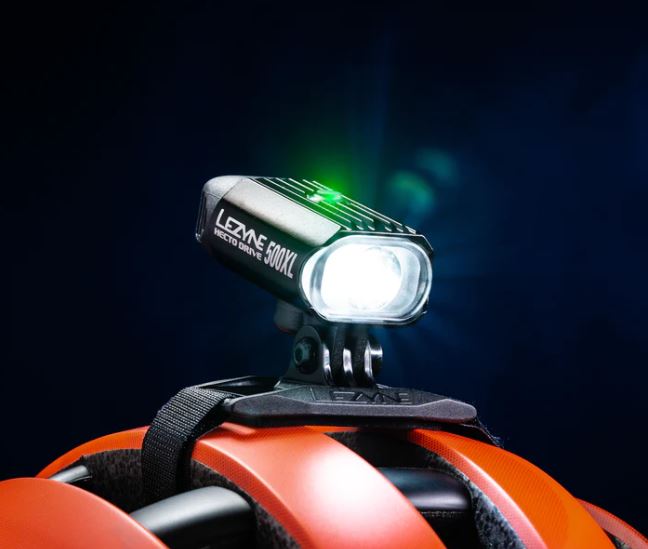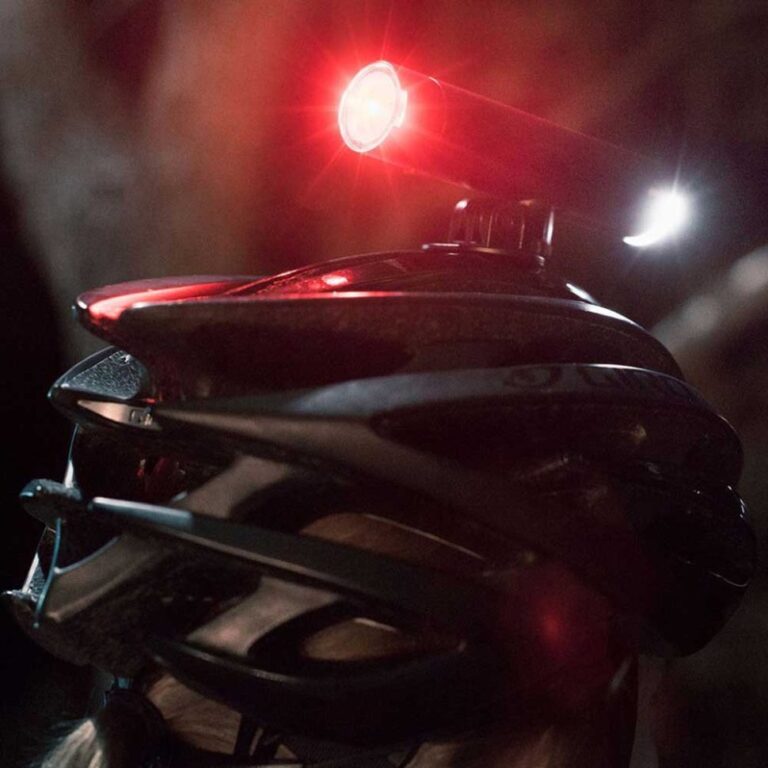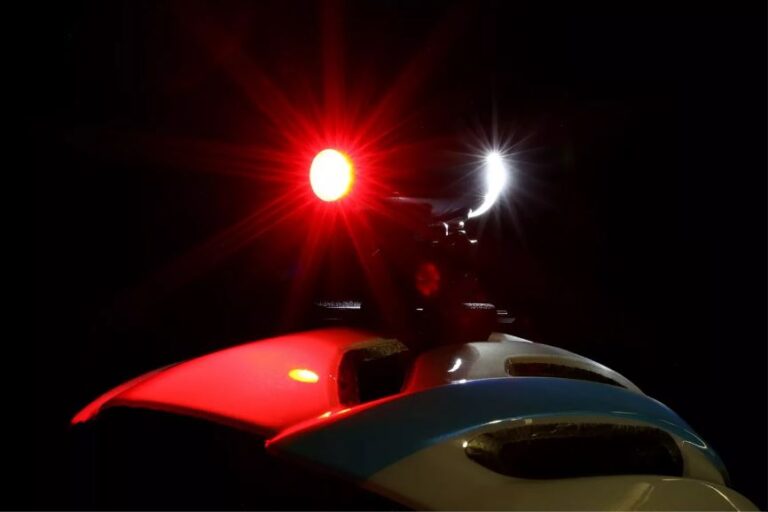Shedding Light on Safety: How to Install Bicycle Lights
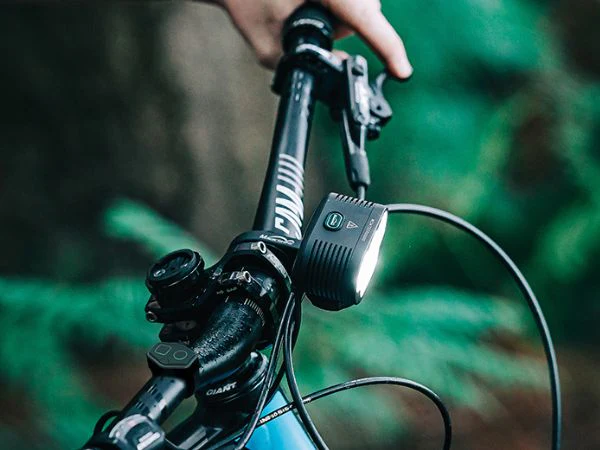
Key Point Summary of How to Install Bicycle Lights:
- Selecting the Right Lights: Choosing front and rear lights suitable for your riding conditions and duration.
- Mounting Techniques: Effective methods for securing lights on your bike, ensuring stability and optimal visibility.
- Light Setup: Strategic placement of lights for maximum visibility and safety.
- Maintenance and Care: Tips for ensuring your lights remain reliable and functional over time.
Navigating the roads and trails, from the crack of dawn to the dusky twilight, has taught me the undeniable value of a well-lit bicycle. Not only do lights enhance your visibility, but they are also crucial for spotting potential hazards on your path. Through my journey racing and riding across various disciplines, including mountain, gravel, and cyclocross, I’ve gleaned insights on the optimal setup and installation of bicycle lights. This guide aims to illuminate the process for cyclists at the beginner to mid-level, ensuring you’re equipped for visibility and safety on all your rides.
The Illuminating Choice: Selecting the Right Lights
The foundation of a good lighting setup is selecting the appropriate lights. Front lights range from high-lumen, trail-ready beams to more modest, road-focused illumination. Rear lights, typically red, are designed to alert others of your presence. When choosing lights, consider the brightness (measured in lumens), battery life, and whether USB rechargeable options suit your riding habits better than traditional battery-powered units.
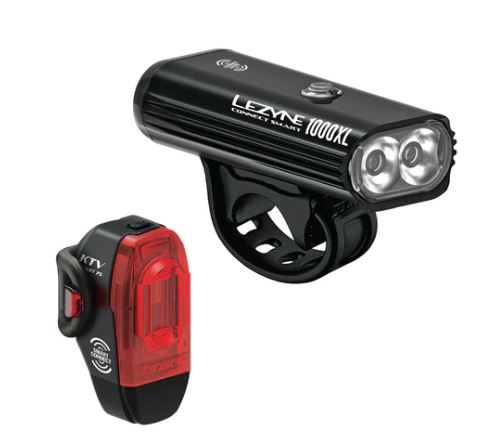
Mounting Techniques: A Secure Connection
The reliability of your lights, particularly in rough terrain or inclement weather, hinges on secure mounting. Most lights come with mounting brackets or straps designed for easy installation and removal. For front lights, the handlebar is the traditional spot, but depending on your setup and additional accessories, mounting on the helmet or forks might provide better illumination. Rear lights are commonly attached to the seat post, though some setups allow for attachment to a backpack or helmet for increased visibility.
Front Light Mounting:
- Handlebar Mounting: This is the most common method. Ensure the bracket is tight enough to prevent the light from slipping but not so tight as to damage the handlebar. Some lights come with rubber inserts to accommodate different diameters.
- Helmet Mounting: Ideal for mountain biking or when additional visibility is needed. Ensure your helmet has a suitable mounting system and that the light’s weight doesn’t compromise comfort or safety.
Rear Light Mounting:
- Seat Post Attachment: The most straightforward method, usually involving a clip or strap. Position the light high enough on the post to be unobstructed by clothing or saddle bags.
- Alternative Mounting: For added visibility, consider mounting additional rear lights on the back of a helmet or on a backpack, if applicable.
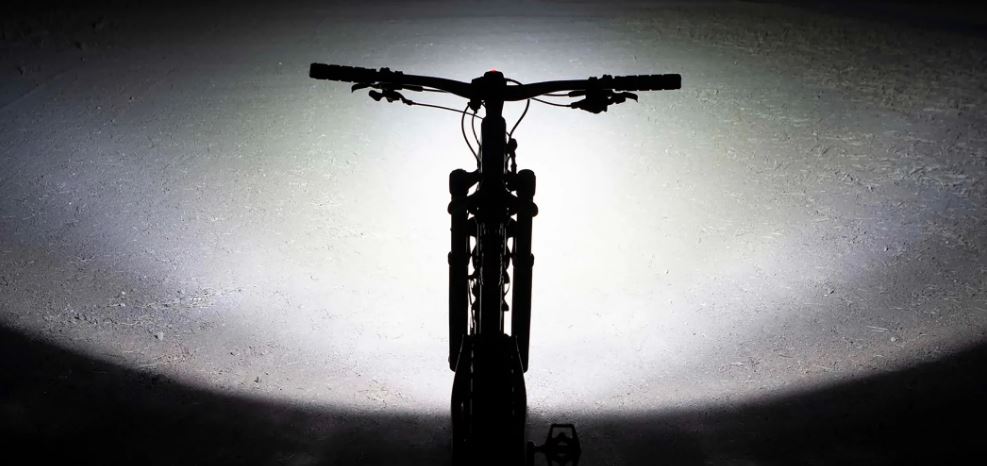
Light Setup: Strategic Illumination
A well-thought-out light setup does more than just make you visible—it can significantly enhance your night riding experience. Front lights should be angled to illuminate the path ahead without blinding oncoming traffic or fellow cyclists.
The beam should reach far enough to give you ample reaction time at the speed you’re traveling. Rear lights, often featuring blinking modes, should be positioned to be visible from a distance, without directly impacting your vision.
Maintenance and Care: Ensuring Longevity
Regular maintenance of your bicycle lights is essential for reliable performance. This includes charging rechargeable models before they’re fully depleted, routinely checking mounts and brackets for wear and tear, and cleaning the lens for optimal light output. Additionally, it’s wise to periodically check the lights during rides to ensure they haven’t shifted or loosened.
How to Install Bicycle Lights: Final Thoughts
The installation and maintenance of bicycle lights are as crucial as any other aspect of bike preparation, especially for those of us who chase the horizon, regardless of the hour. A proper lighting setup not only ensures your safety but also enhances the enjoyment of your rides, letting you explore with confidence long after the sun has set.
Whether you’re gearing up for an early morning commute or setting out for a nocturnal adventure on the trails, the right lights, properly installed and maintained, are your best allies against the dark. Visibility is not just about seeing but also about being seen. Illuminate wisely, and ride safely.
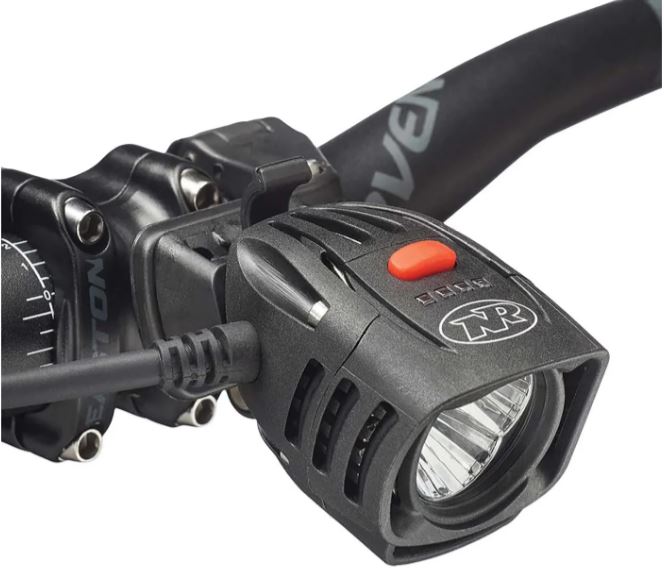
One of the best bicycle lights, widely recognized for its reliability, brightness, and feature set, is the Garmin Varia RTL515. This model combines a rear light with radar capabilities, offering not just visibility but also enhanced safety by alerting cyclists to vehicles approaching from behind. With a brightness of up to 65 lumens in daylight flash mode, it ensures visibility up to 1 mile away, making it ideal for both daytime and nighttime use.
The Varia RTL515 supports both solid and flashing modes, with a battery life of up to 16 hours in day flash mode, ensuring long rides without the need for frequent recharges. Its integration with Garmin devices and compatible smartphone apps for real-time alerts adds a layer of safety that’s highly valued by cyclists across various disciplines.

FAQ
How do you attach bike lights to a bike?
Use the mounting brackets or straps provided with the lights. Front lights typically attach to the handlebars, while rear lights clip onto the seat post or back of a saddle. Ensure the mount is tight enough to secure the light but not so tight as to damage the bike components.
How do you put LED lights on a bike?
LED lights can be attached using adhesive strips, zip ties, or specially designed mounts depending on the type of LED lights. For decorative LED strip lights, clean the area of the bike frame where you plan to attach them, then use the adhesive backing or zip ties to secure the strips in place.
How to position bike lights?
Front lights should be positioned to illuminate the road or trail ahead without blinding oncoming traffic—angled slightly downwards. Rear lights should be mounted high on the seat post or back of the rider to ensure visibility to vehicles and other cyclists from behind.
How do you secure bike lights?
Use the locking mechanism on the mounting bracket or strap to secure the lights firmly in place. For additional security, especially in high-theft areas, consider removing the lights when leaving the bike unattended or use security screws that require special tools to remove.
